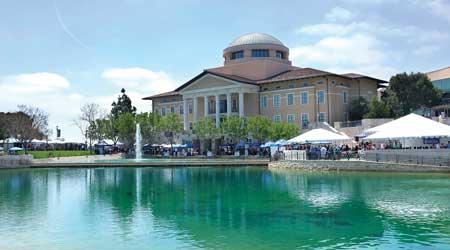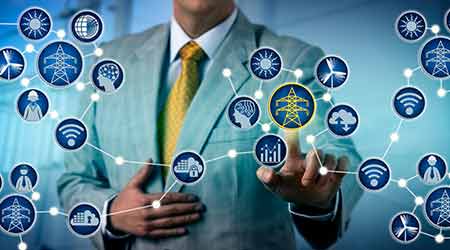Testing and ISO Standards Play Role in Utility Incentive Programs
Organizations that participate in strategic energy management are more likely to implement energy-saving capital investments, rather than stopping with one-off projects.
Evaluation, measurement, and verification (EM&V) programs, while not new, are also changing. EM&V encompasses “the collection of methods and processes used to assess the performance of energy efficiency activities so planned results can be achieved with greater certainty,” the U.S. Department of Energy states. New technology, such as smart metering and sub-metering systems, as well as more sophisticated communication networks that allow two-way communication, enable customers to monitor their energy use and act to reduce it, all in real time.
Some utilities are dedicating resources to emerging technologies. “The programs scout for technologies that can bring energy savings and find ways to bring the technologies to customers,” says Stefano Galiasso, manager of energy efficiency programs with the Energy Resources Center at the University of Illinois-Chicago.
Often, this means a utility, its customer, and a technology company work together, says Lisa Wood, vice president of customer solutions with The Edison Electric Institute.
For instance, Stem, Inc., a provider of energy storage services driven by artificial intelligence, installed a 300-kilowatt battery storage system at Soka University in Aliso Viejo, Calif. This allows the university to store energy when power use is low and release it when use increases. Moreover, the local electric utility can tap into Soka University’s power reserve. The university expects to save $740,000 over ten years, according to Stem.

(Some utilities are dedicating resources to emerging technologies, often working with their customers and technology companies on projects. For instance, Stem, Inc. installed a 300-kilowatt battery storage system at Soka University in Aliso Viejo, Calif. The arrangement allows the university or the utility to tap into Soka University’s power reserve. )
Galiasso says Energy Resource Center has worked with local utilities and contractors to help them learn about and drive customer awareness of heat pumps. Because they move, rather than generate heat, heat pumps can operate more efficiently than other heating and cooling systems.
Keys to success
Facility managers interested in the changing range of utility incentive programs should talk to both their incentive program managers within their utilities and the equipment distributors with which they work. “Make sure you fully understand the incentives,” Geller says. Do they go directly to the customer, or through a distributor or manufacturer? How are they calculated? What documentation is required?
Internal buy-in at all levels also is critical. “The most successful projects have a champion and executive buy-in,” Kesting says. To gain support, advocates for the projects need to be able to understand and present a solid business case for the investment.
Fortunately, most energy-saving initiatives offer compelling benefits. “Energy efficiency improvements quickly pay for themselves,” says Hannah Cruz, spokesperson with Energy Trust of Oregon. In some cases, the energy savings alone generate a payback period measured in months. That’s in addition to other benefits, which often include reduced maintenance costs, and improved productivity and indoor air quality.
ISOs standard for strategic energy management
ISO (International Organization for Standardization) 50001 offers a step-by-step process for implementing strategic energy management, providing structure to the process, says Giselle Procaccianti, commercial and industrial energy efficiency program manager with Northeast Energy Efficiency Partnerships. ISO 50001 provides a framework of requirements for organizations to:
• Develop a policy for more efficient use of energy.
• Fix targets and objectives to meet the policy.
• Use data to better understand and make decisions about energy use.
• Measure the results.
• Review how well the policy works.
• Continually improve energy management.
Karen Kroll, a contributing editor for Building Operating Management, has written extensively about real estate and facility issues.
Related Topics:















